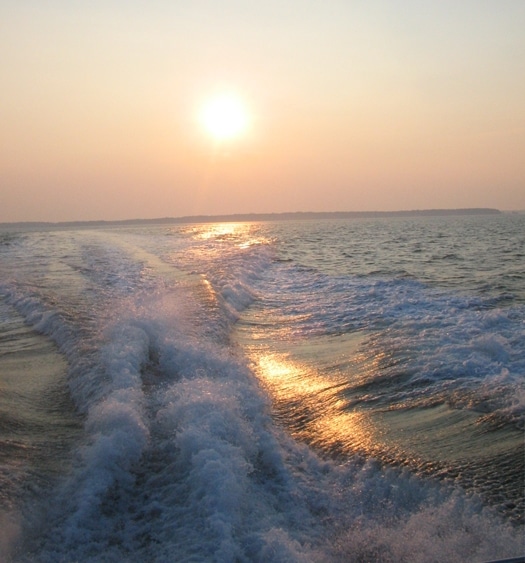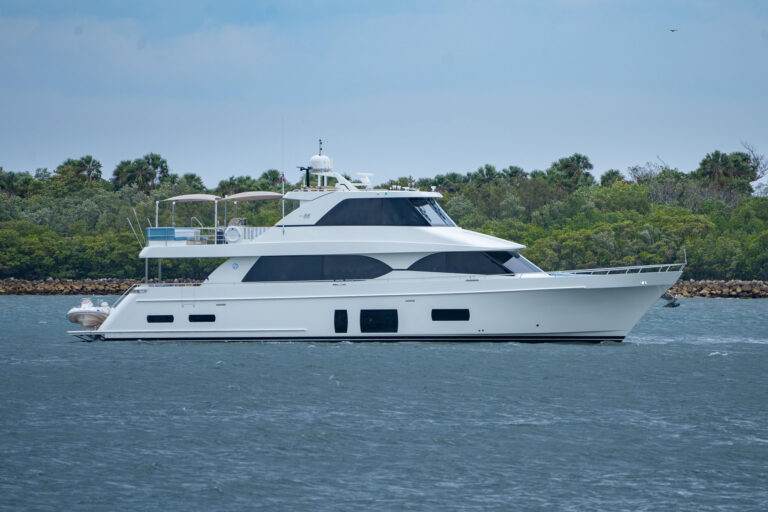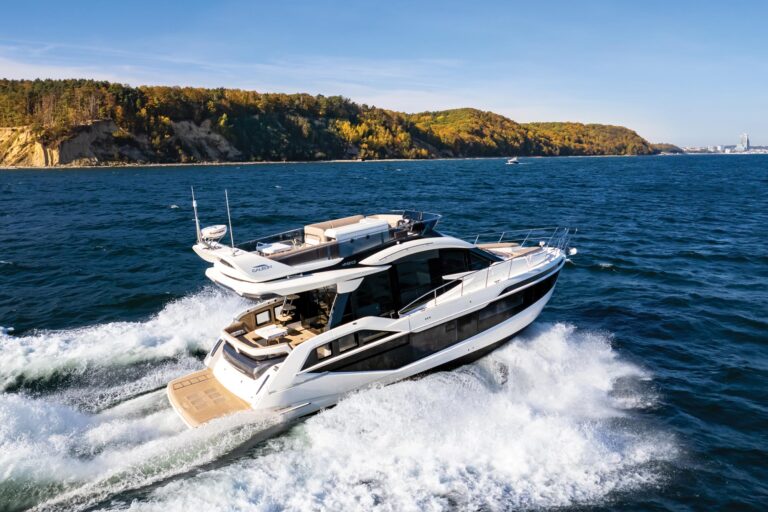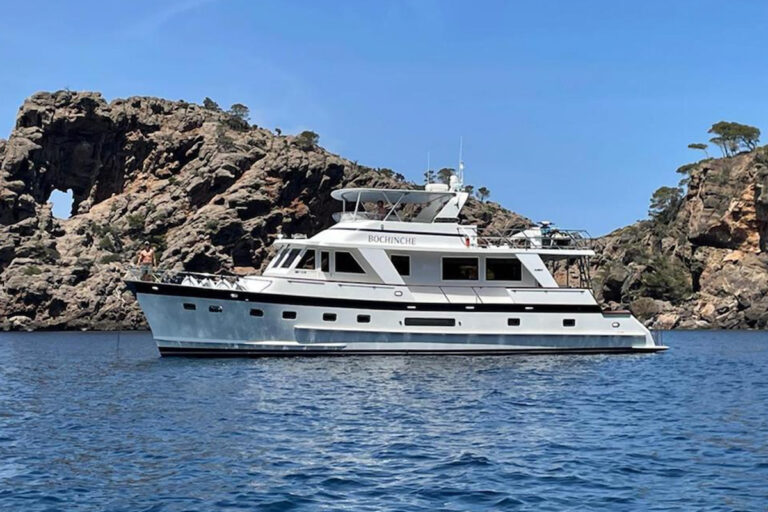
ytgoct1enewscg525.jpg
I have a standard prep list-that I developed after various Caribbean deliveries-which I review before I go out and follow while I’m offshore. Many of these tips also work for summer cruising in my local waters. They can help you be safer and feel more comfortable, wherever you’re cruising.
Walk Around
After you’re underway, give up the helm and walk through the boat to make sure everything is where it should be. I don’t know how much money I’ve spent in restocking condiments I’ve lost by not latching the refrigerator door. Also, today’s stylish push button latches on drawers look great, but if you don’t push them in, they can open up in a seaway. Then take a walk around the deck. Did you put the fill caps back on the diesel or water tanks? Is the swim ladder up? Don’t forget to stow the fenders and lines. If you anchored, double check that the anchor is secure. If you are in any type of head seas, and have the anchor mounted on a bowsprit, take an extra line and secure the anchor back to a bow cleat. If you’ve anchored for the night, take another walk around the helm and/or bridge before you turn in. I’ve lost more paper charts or cruising guides to late night showers and morning dew than I care to remember.
Under The Hood
Check your engine fluids before every outing. This should become habit. Your piece of mind is improved and it’s a lot easier adding coolant at the dock to a cool engine than on the water to a hot engine. And just because the yard serviced your boat before you picked it up, does not mean you should take a leap of faith. I was out with a friend this summer, a guy who is religious about checking his engines, who decided not to since the yard changed the oil the day before. On our way back from a raft-up his oil pressure alarm went off. The yard changed the oil, but left the dipsticks and fill caps off of both engines! He was angrier with himself for not following his typical routine than he was with the yard.
Flip the Switch!
Make it a habit to periodically check the boat’s electrical breaker panel. Breakers can be hit by accident or items can be left on by mistake. A water pump that is running dry may not be heard over the rumble of your engines, and I make a point of checking the panel in the morning, to ensure I turn off anchor lights and any other breakers. The navigation lights are also easily left on after you anchor if you don’t check the panel. I was going into a tight channel one night and could not figure out what a boat ahead of me was doing. I called him on the VHF, but got no response. One second I would see green, then a green and a red, then just a red. It was a mind twister. As I crept up on the sailboat, I realized the captain had anchored in the channel with his running lights on and was blowing all around the place.
Log It
I’ve written before about the importance and fun of keeping a running log. You should also keep a fuel log. I make a point of writing down how much fuel I take on in each tank every time I fill up. Fuel gauges don’t always provide an accurate reading, in my experience. Sight gauges are a big help, but you still need to consider that 10 percent of the capacity often cannot be used. Therefore, if I know precisely how much I took on, and have a good idea of my burn rate, I’ll have peace of mind about my consumption.
Creature Comforts
There is an entire article to be written on how to make your boat more comfortable and create a pleasant atmosphere. However, I’ve learned a few tricks from cruising as well as living on board. One of the worst things I heard, while on a date many years ago, was that I smelled like diesel. There is nothing in the date manual about a proper comeback after you’re told you smell like oily fuel. Needless to say, though, I became relentless in the pursuit of a fresh bilge and boat. One tip I learned was to put sheets of Bounce fabric softener in between linens and folded cloths that will stay on board for any period of time. Another trick that my sailing friends taught me, and it works equally well on a powerboat, are bean bag chairs. Yep, good old bean bags. They’re great to throw out on the helm deck or cockpit, and they make a great perch for small kids, keeping them closer to the ground. A trick learned from hours of cooking while underway-one of my favorite pastimes-is to use the rubber non-skid pads that go under area rugs. I cut these down to a few manageable sizes, and plop them on the counter so that when I’m plating food, or cooking, things will not slide around. Once I’m done, they’re stowed and out of sight. These pads are also good as shelf and locker liners and keep items from sliding around too much.









